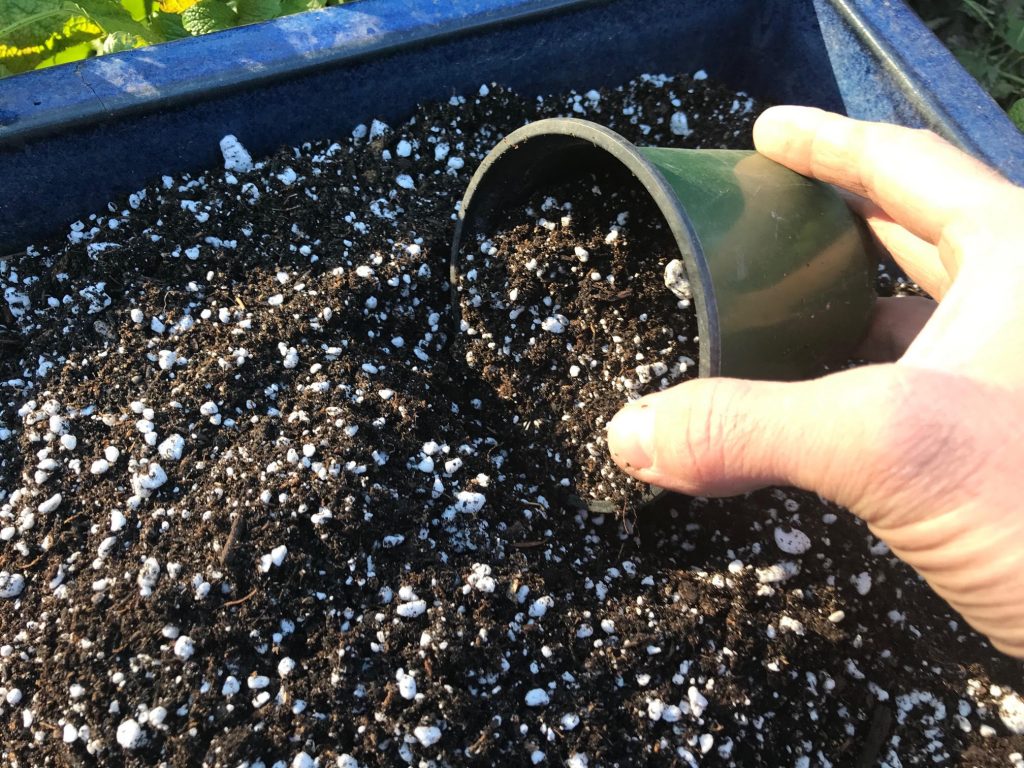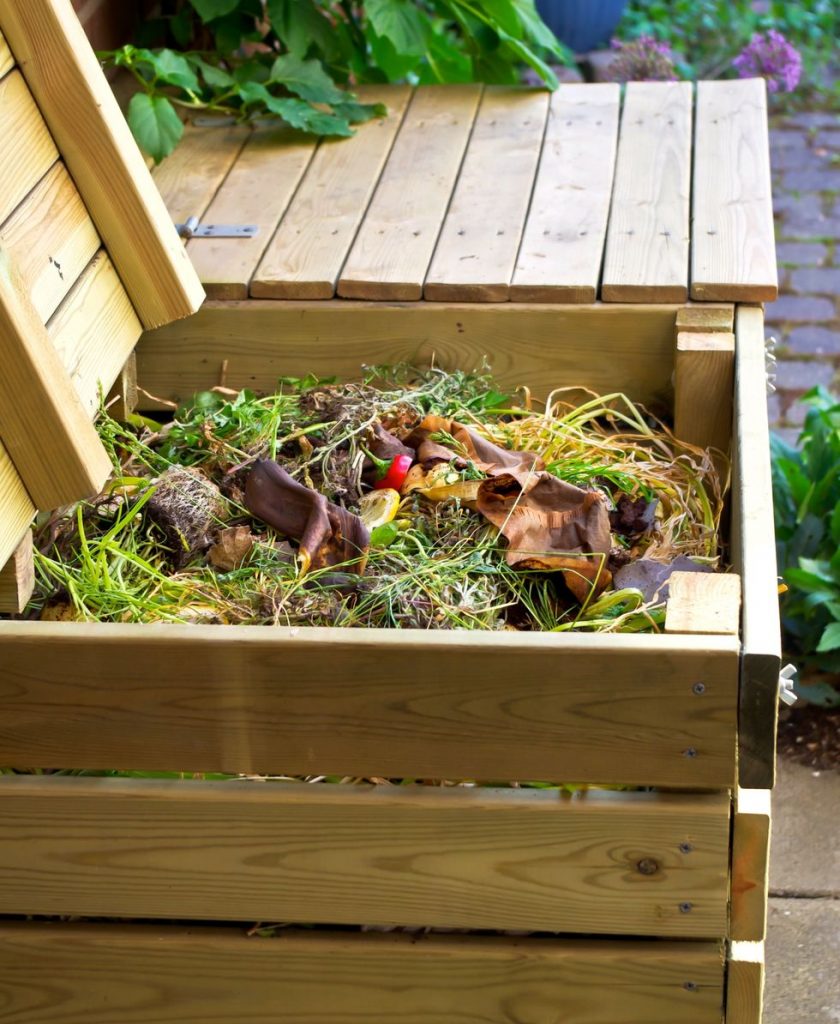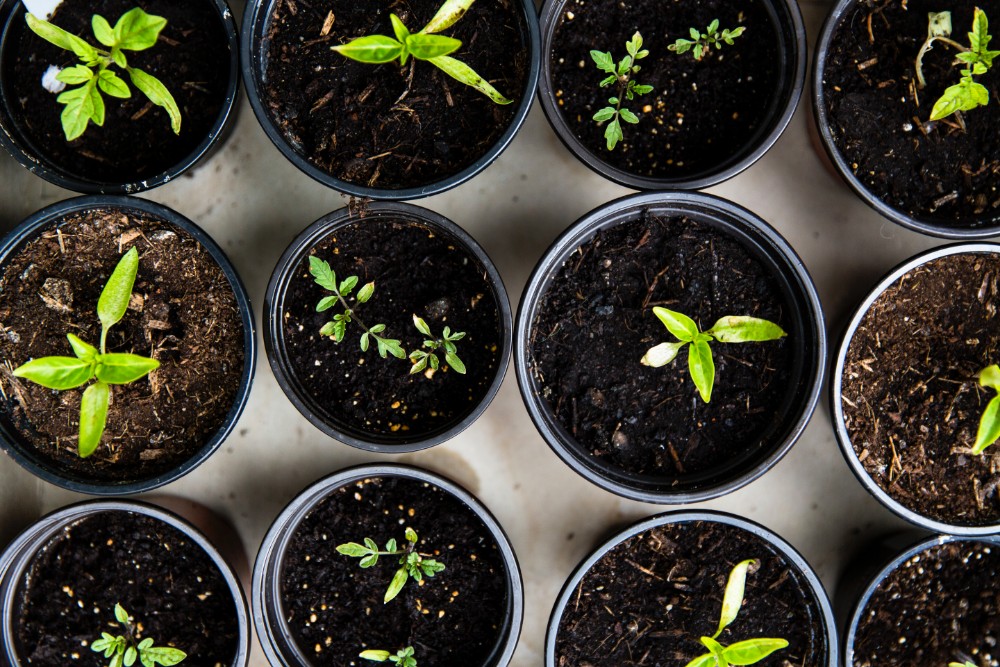Getting indoor vegetable garden soil right is the difference between weak, leggy plants and a steady harvest of fresh greens, herbs, and veggies. Indoors, your plants rely entirely on the soil (and you) for structure, nutrients, and drainage — there’s no garden bed to fall back on.
This guide will walk you through exactly what indoor vegetable garden soil should be like, the best ingredients to use, and how to avoid common mistakes.
If you’re still deciding which crops to grow, it pairs perfectly with our guide to Best Vegetables for Indoor Gardening.
Contents
- 0.1 Why Soil Matters in an Indoor Vegetable Garden
- 0.2 What Good Indoor Vegetable Garden Soil Should Be Like
- 0.3 Best Ingredients for Indoor Vegetable Garden Soil
- 0.4 Ready-Made vs DIY Indoor Vegetable Garden Soil Mix
- 0.5 How to Prepare Containers and Soil for Indoor Vegetables
- 0.6 Watering and Soil Moisture in Indoor Vegetable Gardens
- 0.7 Common Indoor Vegetable Garden Soil Problems (and Fixes)
- 0.8 FAQs About Indoor Vegetable Garden Soil
- 0.9 Final Thoughts on Indoor Vegetable Garden Soil
- 0.10 Related Articles
- 1 Use Controlled-Release Fertilisers for Steady Growth
Why Soil Matters in an Indoor Vegetable Garden
In an outdoor bed, roots can spread out, search for moisture, and tap into natural biology. Indoors, everything happens in a confined container. That means your indoor vegetable garden soil has to do several jobs at once:
hold enough moisture without becoming soggy
keep roots supplied with air
provide a steady trickle of nutrients
stay loose so roots can explore easily
Good soil makes plants more forgiving. Even if you occasionally overwater or miss a feed, well-structured mix gives your indoor vegetables a better chance to recover.
What Good Indoor Vegetable Garden Soil Should Be Like
Instead of thinking about brand names, focus on how your indoor vegetable garden soil feels and behaves.
Light and airy
When you squeeze a handful, it should feel soft and spring back when you let go. Heavy, sticky soil compacts around roots and can suffocate them.
Moist but free-draining
Water should soak in and then drain out of the bottom of the pot within a few seconds. If water sits on top, the mix is too dense.
Nutrient-rich but not “hot”
Indoor vegetable garden soil needs organic matter for nutrients, but not so much fresh manure or strong fertiliser that it burns tender roots.
pH-friendly
Most indoor vegetables do best in slightly acidic to neutral soil (around pH 6–7). Most quality potting mixes are already in this range.

Best Ingredients for Indoor Vegetable Garden Soil
You don’t have to blend your own mix from scratch, but it helps to understand what’s going into your indoor vegetable garden soil.
Potting mix or compost
This is your base. Look for peat-free, multi-purpose compost or potting mix designed for containers. It provides organic matter and initial nutrients.
Perlite or pumice
These white granules improve drainage and keep soil from compacting, which is crucial in indoor pots and tubs.
Coco coir
Coco coir holds moisture while still allowing air around the roots. It’s especially useful if your home is warm and dry.
Vermiculite
Helps retain moisture and distribute water through the mix — handy for leafy greens that don’t like to dry out completely.
Well-rotted compost or worm castings
Adds gentle nutrition and beneficial biology to indoor vegetable garden soil without overwhelming young plants.

Ready-Made vs DIY Indoor Vegetable Garden Soil Mix
You can either buy a bagged mix or tweak your own recipe.
Ready-made mixes
A good quality vegetable or container mix is often enough on its own for indoor gardening, especially for beginners. Look for wording like “for vegetables and containers” or “indoor edibles” on the bag.
A well-balanced indoor vegetable potting mix is a simple option if you don’t want to blend ingredients yourself.
DIY mix
If you like more control, you can mix:
50% peat-free multi-purpose compost or potting mix
25% coco coir
25% perlite or pumice
For heavy feeders like tomatoes and peppers, you can add a small amount of well-rotted compost or worm castings for extra nutrition.
How to Prepare Containers and Soil for Indoor Vegetables
Even great indoor vegetable garden soil won’t help much if your containers work against you.
- Choose containers with drainage holes
This is non-negotiable. Without drainage, water pools at the bottom and roots quickly rot. - Add a thin drainage layer (optional)
A handful of coarse gravel or broken pottery over the holes can help prevent blockages. - Fill with your soil mix, then lightly firm
Don’t compact it; you just want to remove big air gaps. - Pre-moisten the soil
Water thoroughly before sowing or planting. The soil should be evenly damp but not waterlogged.
Watering and Soil Moisture in Indoor Vegetable Gardens
Indoors, soil dries out differently than in a garden bed. Radiators, low humidity, and strong window light can all change how quickly containers lose moisture.
Check soil, don’t trust the calendar
Push your finger into the top few centimetres. If it’s dry, it’s usually time to water leafy greens. Deeper-rooted crops might prefer the top to dry slightly between waterings.
Water deeply, not in dribbles
When you water, do it thoroughly until some drains from the bottom. This encourages roots to grow deeper into the soil.
Use tools if you struggle to judge moisture
A simple soil moisture meter for indoor plants can help you avoid guessing and reduce both overwatering and underwatering.
Common Indoor Vegetable Garden Soil Problems (and Fixes)
Even with good soil, issues can crop up. Here are a few common problems and how to fix them.
Soil stays wet for days
Likely too dense or poor drainage. Add more perlite to future mixes, and consider using slightly smaller, deeper pots with plenty of holes.
Plants look pale and weak
They may have used up the nutrients in the original mix. Start a gentle feeding routine with a balanced liquid fertiliser suitable for edibles.
Surface goes hard and crusty
This can happen with repeated drying and watering. Gently loosen the top layer with a fork and top up with fresh mix or compost.
Mould or algae on the soil surface
Usually caused by low airflow and constant moisture. Let the top layer dry slightly between waterings and improve ventilation in the room.
According to this RHS advice on growing vegetables in containers, using a high-quality potting mix, feeding regularly, and avoiding waterlogged soil are key to keeping container-grown vegetables productive and healthy indoors and out.
FAQs About Indoor Vegetable Garden Soil
1. Can I use garden soil for indoor vegetables?
It’s not recommended. Garden soil is usually too heavy, can compact in pots, and may bring in pests or diseases.
2. How often should I change indoor vegetable garden soil?
It’s a good idea to refresh or replace soil at least once a year, especially for heavy feeders. You can reuse soil for less demanding crops if you improve it with compost.
3. Do I need different soil for different vegetables indoors?
Most indoor vegetables do well in the same general-purpose mix. The main differences are pot size, depth, and feeding, rather than completely different soil recipes.
4. Can I reuse soil from failed crops?
Yes, if the plants didn’t die from a serious disease. Remove old roots, mix in fresh compost, and avoid reusing it for the same crop immediately.
5. Should indoor vegetable garden soil have fertiliser added?
Many bagged mixes contain starter feed. After a few weeks, you’ll usually need to start a light feeding routine with a suitable liquid fertiliser.
Final Thoughts on Indoor Vegetable Garden Soil
Indoor vegetable garden soil is the foundation of every successful harvest you grow inside. By choosing a light, airy mix that drains well, adding the right ingredients for structure and nutrition, and paying attention to moisture levels, you give your plants exactly what they need to thrive in containers.
Start with a good base mix, tweak it slightly for your space and crops, and don’t be afraid to adjust as you learn how your indoor environment behaves. With the right soil under them, your indoor vegetables will grow stronger, taste better, and be far more enjoyable to look after.
Related Articles
FEED YOUR INDOOR VEGGIES THE SMART WAY
Use Controlled-Release Fertilisers for Steady Growth
Once your indoor vegetable garden soil is right, the next step is giving plants a steady supply of nutrients. Learn how controlled-release fertilisers work, when to use them, and how they can boost growth without constant liquid feeding.

